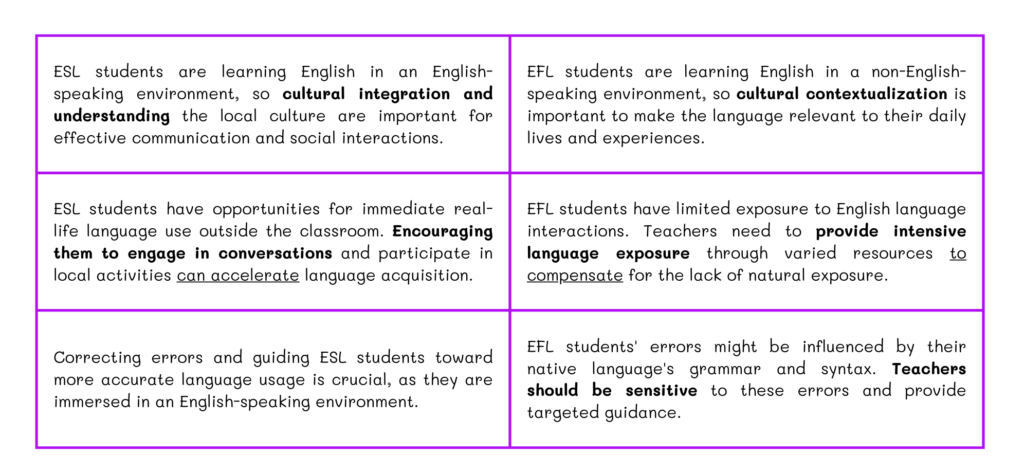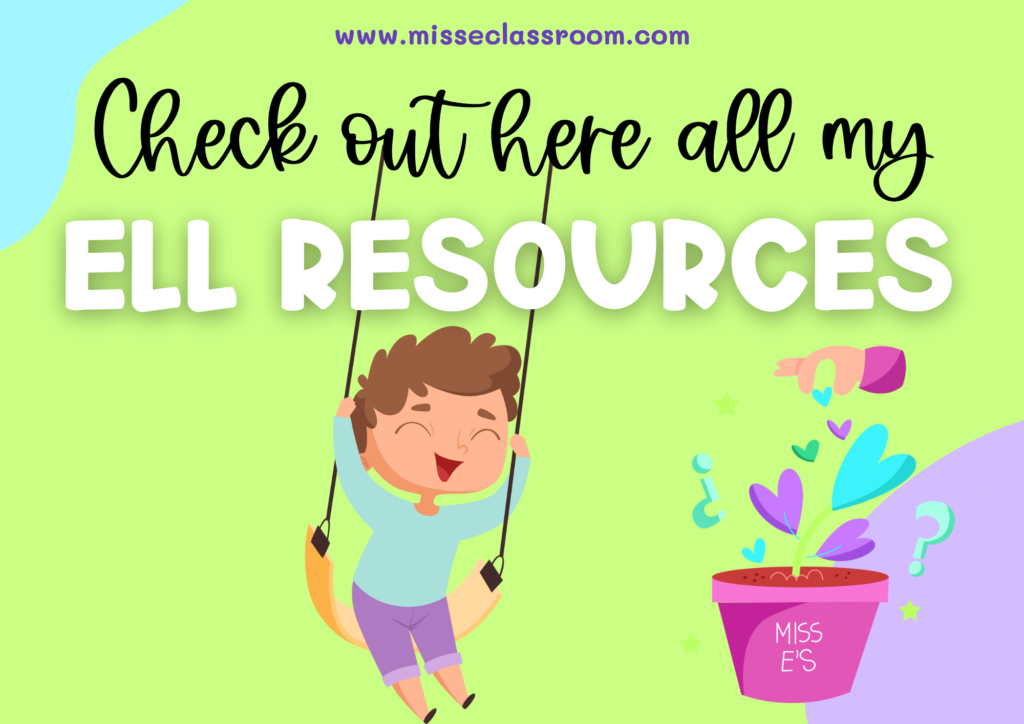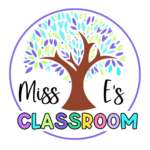How different are ESL, EFL, and ELA when teaching English? Who are you?
When teaching English, not only having a good knowledge of grammar, syntax, linguistics, and phonetics of that language is enough to be in a classroom with some students. It includes, of course, all pedagogy, psychology, philosophy & didactics of an education degree… But also, you need to make sure you know what type of English teacher you are in it, and that, my friend, depends on the context.
What do all those acronyms mean?
- English Language Arts (ELA)
Native English students learn English from native English teachers in English-speaking countries. This subject focuses on reading, writing, linguistic (communication skills) & syntax. Students are expected to develop reading comprehension, writing skills, grammar, and semantics; they become the focal point of lessons.
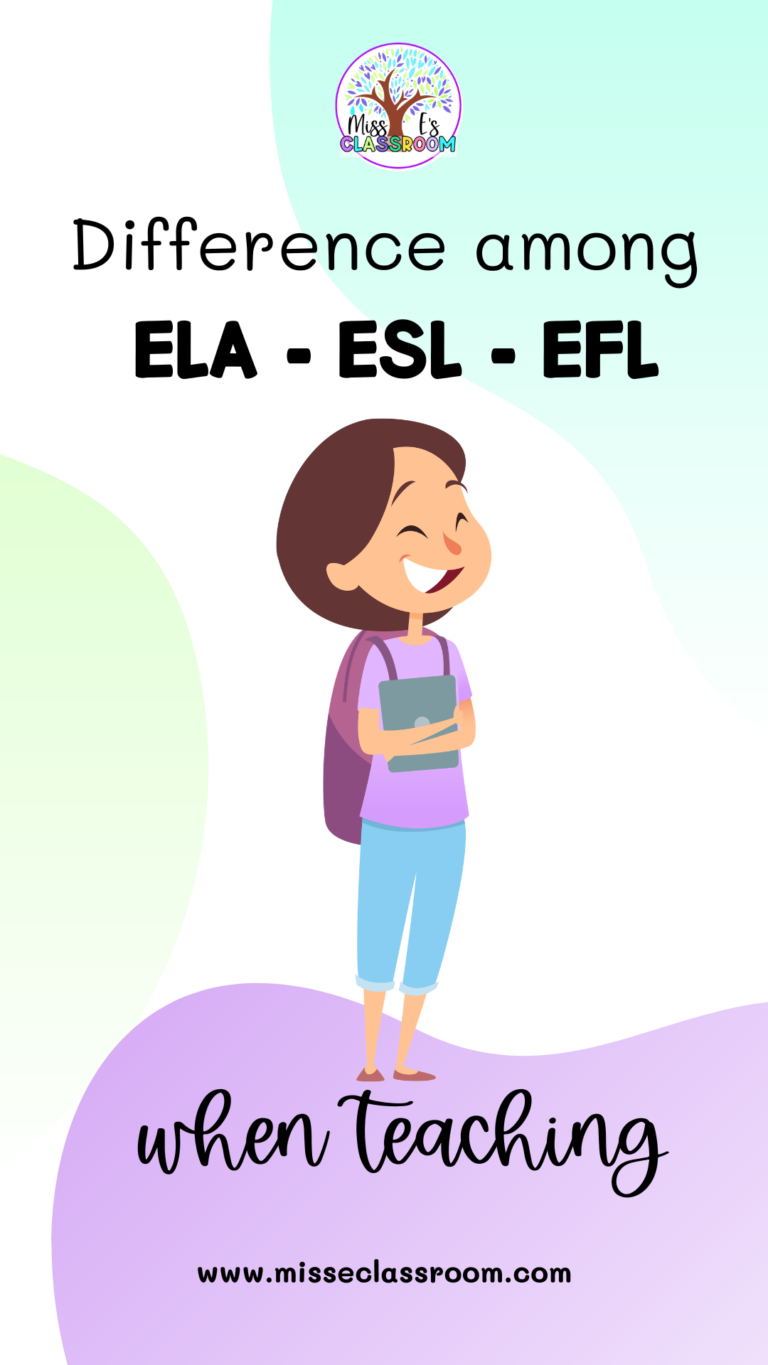
The following two share the same principle; both teach non-English-speaking students. They only differ in syllabus content, place, and the reason why the language is learned.
- English as a Second Language (ESL)
Students who live in an English-speaking country (England, the U.S., Canada, Scotland, etc.) but whose first language is not English or don’t speak English at home and must communicate in that language to live there. Most ESL students are immigrants who need to be able to fit into the new society. E.g., If you are Japanese and move to live and study in a school in Australia, you are an ESL student. Or if you live and teach in the U.S. and have multilingual students who don’t speak English, you teach ESL.
- English as a Foreign Language (EFL)
Students who study English in their own countries, which are NOT English-speaking countries or have English as an official language, are considered EFL because the English language will be the FOREIGN language to learn/teach. English in those countries is mainly used for business, tourism, etc. E.g., If you live and/or teach in Argentina/China/Portugal, you’re an EFL teacher. Or if you are Italian and go to Ireland to study an English course for a short period of time, you’ll be learning EFL.
These two terms have been the topic of many debates among experts for decades; on top of that, some English language academies in countries where English is not an official language market themselves as ESL generating more confusion among language teachers around the globe. Harmer, J. claimed, “The distinction has become challenging to sustain firstly because communities whether in English or non-English-speaking countries are now multilingual and English is a language of communication. Does that make it a foreign or second language? Secondly, however many students of EFL use English in a global context, as we have seen.
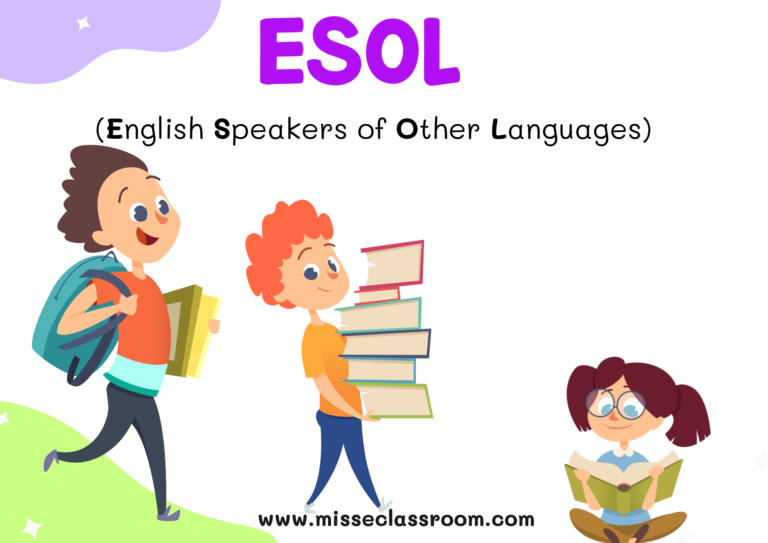
Using English for international communication, especially on the internet, means that our students are, in fact, part of a global target-language community. With the picture shifting like this, it makes sense to blur the distinction and say, instead, that whatever situation we are in, we are ESOL (English to speakers of other languages). This does not mean we should ignore the context in which language learning occurs, but it reflects a more multilingual global reality.
ESOL brings another global and inclusive term, ELL.
ELL stands for «English Language Learners.» It refers to individuals who are learning the English language as their second or additional language, often alongside their native language. ELL students come from diverse linguistic and cultural backgrounds and may have varying levels of proficiency in English. This term is commonly used in educational contexts to identify students who require specialized support and instruction to develop their English language skills, both for communication and academic purposes. ELL programs and teaching methods are designed to help these students achieve proficiency in English, enabling them to fully participate in educational and social activities in English-speaking environments.
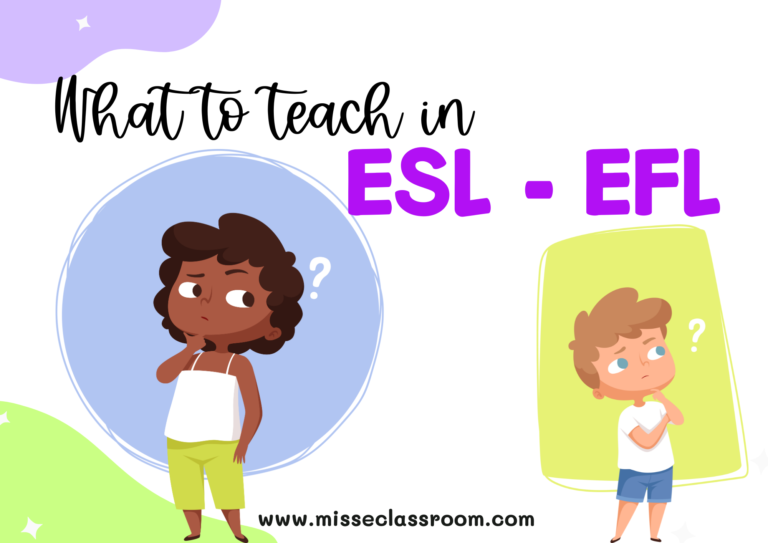
What to teach in ESL & EFL?
Considering that ESL & EFL are different, teaching them has different special needs too. Students in the ESL context speak English in school & outside of it (bakery, supermarket, TV & news, etc.); they learn it to understand & speak it every day in the English-speaking country they live in. ESL is mostly part of the government’s program
- Lessons planned for students’ needs. They are immigrant students who need their lessons & support to survive in their everyday lives.
- Teachers should use clear and simplified language when delivering instructions, explanations, and content. Avoiding complex vocabulary and sentence structures can aid comprehension for students still developing their English skills.
- ESL students have varying language proficiency levels. Differentiated instruction, which tailors teaching methods to meet individual needs, ensures that each student receives the appropriate level of challenge and support.
- Encouraging students to actively use English in both spoken and written forms is essential. Providing opportunities for writing essays, giving presentations, and participating in debates helps develop language production skills.
Students in the EFL context, however, have a different need since they only speak English inside of school (or offices), but outside of it, at supermarkets, bakeries, malls, etc. & at home, they talk in another language. Needs for this type of learner vary:
- Since EFL students have limited exposure to English outside the classroom, teachers should provide consistent and intensive language exposure through various activities. More practice and better input of language. They need to find more opportunities to practice by creating the most similar to real-life activities and games for them to use the language.
- Connecting English to the students’ own culture and daily life can make the language more relevant and engaging. Using examples and topics that resonate with their experiences helps students relate to the language.
- Creating opportunities for EFL students to practice speaking is crucial, as they might have limited chances for real-world communication in English. Group discussions, debates, role-plays, and conversational activities should be emphasized.
- Even though programs focus mostly on grammar skills to measure their levels, we as teachers should keep the motivation flame burning by making them aware of the communicational abilities they need from lessons.


